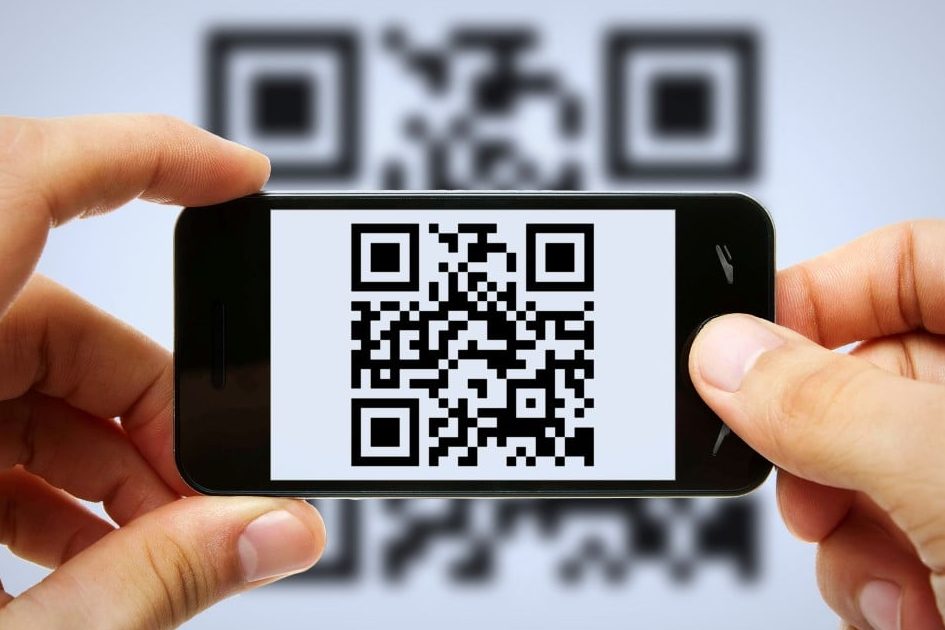Have you ever seen a black and white square on a poster or brochure and wondered what it is? Chances are, it’s a QR code! QR codes are more than just fancy barcodes. They’re a versatile tool that can store a wide range of information and can be read by a variety of devices – from smartphones to barcode scanners.
Think a QR code is just a boring old square? Think again! QR codes can be customized with logos and colors, making them a useful tool for branding and marketing. And with the ability to store everything from website URLs to entire files, QR codes offer a convenient and efficient way to share information.
The uses for QR codes are endless. They’re perfect for retail stores, museums, and events where they can provide customers with additional information or interactive experiences. Whether you’re a business owner looking to promote your brand or a customer looking for an easy way to access information, QR codes are definitely worth exploring. So next time you see one, don’t be afraid to scan it and see what kind of exciting information it holds!
Understanding the QR Code
QR codes, also known as Quick Response codes, are two-dimensional barcodes that contain data that can be accessed through a QR code reader on a smartphone or tablet. These codes are made up of small squares arranged on a grid, which can be read by a device’s camera. QR codes have become increasingly popular in recent years, and can be found on everything from product packaging to business cards.
Unlike traditional barcodes, which are limited in the amount of data they can store, QR codes can hold much more information. This makes them ideal for a variety of applications, from providing product information to directing customers to a website. Because of their versatility, QR codes have become an essential tool for businesses and consumers alike.
The Meaning of QR
QR codes are named for their ability to provide a quick response. The code was originally developed by Denso Wave, a subsidiary of Toyota, in Japan in 1994. The goal was to create a more efficient method of tracking automotive parts during the manufacturing process. Since then, QR codes have become ubiquitous in Japan and around the world.
The use of QR codes has continued to grow over the years, and they are now used for a wide range of applications. They are commonly used in advertising and marketing to provide additional information about a product or service. They can also be used to direct customers to a website or social media page.
How QR Codes Work
QR codes work by encoding data in a way that can be quickly and easily read by a smartphone or tablet. When a device with a QR code reader app scans the code, the app translates the encoded information into text that can be displayed on the device’s screen. This can include website URLs, contact information, and more.
QR codes can be created using a variety of tools and software, and can be customized to include specific colors, logos, and other design elements. This makes it easy for businesses and individuals to create their own unique QR codes that reflect their brand or personal style.
The Advantages of QR Codes
There are many advantages to using QR codes. Some of the most significant include:
- Easy to create and use
- Can store large amounts of data
- Can be customized with branding or design elements
- Can be used to track the effectiveness of marketing campaigns
- Provide an easy way to direct customers to websites or social media pages
Because of these advantages, QR codes have become an essential tool for businesses and organizations of all sizes.
Differences Between QR Codes and Barcodes
While QR codes and barcodes are both used to store data, there are several key differences between the two.
One of the biggest differences is the amount of data that can be stored. Barcodes are limited in the amount of information they can hold, while QR codes can store much more information. QR codes can also be read both vertically and horizontally, while barcodes can only be read horizontally.
Another key difference is the way that they are read. Barcodes require a specialized scanner to read them, while QR codes can be read using a smartphone or tablet. This makes QR codes much more accessible and convenient for both businesses and consumers.
Applications of QR Codes
QR codes can be used for a wide range of applications, including:
- Marketing and advertising
- Product packaging
- Event tickets
- Business cards
- Restaurant menus
- Real estate listings
The versatile nature of QR codes means that they can be used in almost any context where additional information or resources are required.
The Future of QR Codes
As technology continues to evolve, the future of QR codes looks bright. With the rise of augmented reality and other emerging technologies, QR codes are likely to become even more important in the years ahead. As businesses and organizations continue to discover new ways to use QR codes, they are likely to remain a valuable tool for connecting with customers and providing valuable information.





